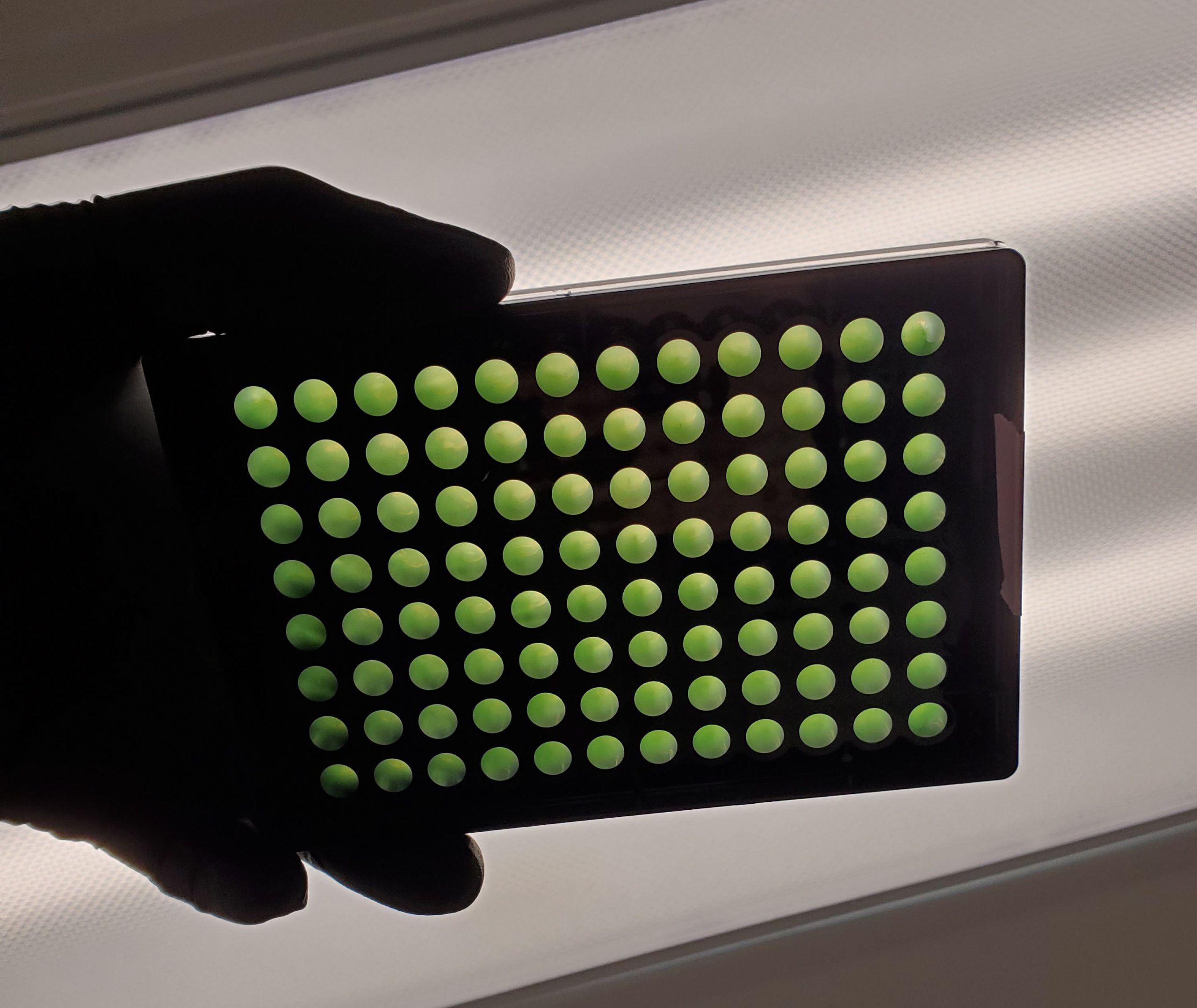REWIRING CYANOBACTERIAL METABOLISM
Sustainable Synthesis
Environmental sustainability and economic growth must be harmonized for sustainable human prosperity. The manipulation of gene activity in blue-green algae (cyanobacteria) offers the possibility of producing energy and materials directly from sunlight, water, and carbon dioxide, contributing directly to more holistic modes of food production, innovative bioproducts and reliable bioenergy solutions that reduce human carbon emissions.
Ecosystem Type: Aquatic, Engineered
Location: Richmond BC (49°10.22N, 123°8.13W)
Algal Biofactories
Cyanobacteria including Spirulina are widely cultivated as a source of nutritional resources and value-added products including vitamins A-E, various terpenes, poly-esters, gamma-linoleic acid, beta-carotene, and fatty-acids. However, current applications of cyanobacteria for these purposes remain in the early stages of development. A limited capacity to study and manipulate genetics in many commercial strains is a barrier to both optimizing metabolic flux through central metabolic pathways and programming these pathways for the production of user-defined products at industrial scales. Additionally, even in model strains that have successfully been engineered for production of various commodity compounds, such as Synechocystis and Synechococcus, limitations in their scalability and our understanding of carbon processing pathways stymie industrial applications.
We are applying CRISPR-Cas9 genome editing technology to functionally characterize the genomes of several cyanobacterial species including Spirulina in genome-wide knock-out and activation screening studies. The resulting information will be used to increase photosynthetic rates and rationally redirect metabolic flux to produce strains optimized for overproduction of high-value products, either through direct genetic engineering or the identification of naturally occurring genetic variants. This work is conducted in close collaboration with AlgaBloom International, a local company that builds and operates industrial bioreactors for large-scale growth of cyanobacteria providing a path to market for research outcomes while contributing directly to Canadian bioeconomy development.


